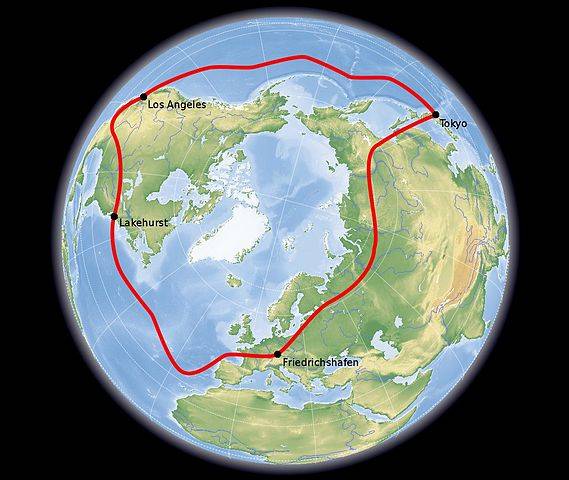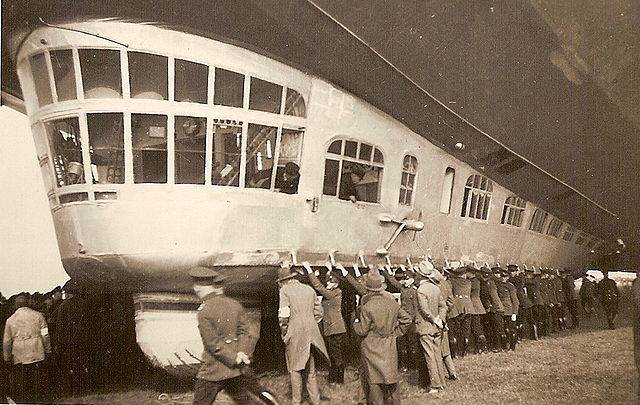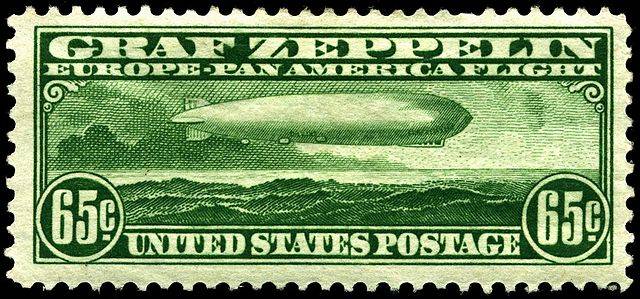
8 août 1929, le dirigeable allemand Graf Zeppelin commence un vol autour du monde.
Le LZ 127 Graf Zeppelin est un dirigeable allemand ayant servi au transport de passagers de 1928 à 1937.
Il a été nommé d'après le pionnier allemand des dirigeables Ferdinand von Zeppelin, qui portait le titre de Graf (comte) dans la hiérarchie de l'ancienne noblesse allemande.
Ce dirigeable, le plus grand à sa création, a fait 590 vols durant son exploitation dont un tour du monde. Il parcourut plus d'un million et demi de kilomètres et réalisa 143 traversées de l'Atlantique et une du Pacifique, transportant 13 110 passagers.
August 8, 1929, the German airship Graf Zeppelin begins a flight around the world.
This airship, the largest when it was created, made 590 flights during its operation, including a round-the-world trip. It covered more than one and a half million kilometers and made 143 crossings of the Atlantic and one of the Pacific, carrying 13,110 passengers.











